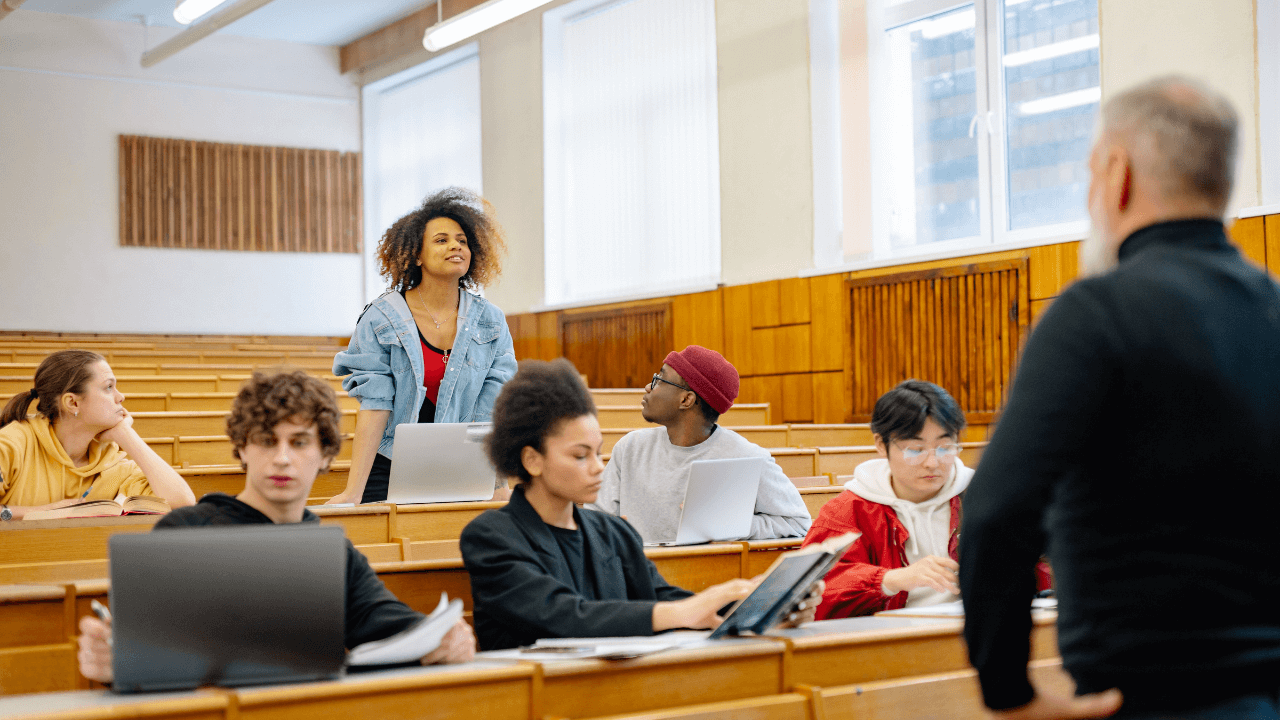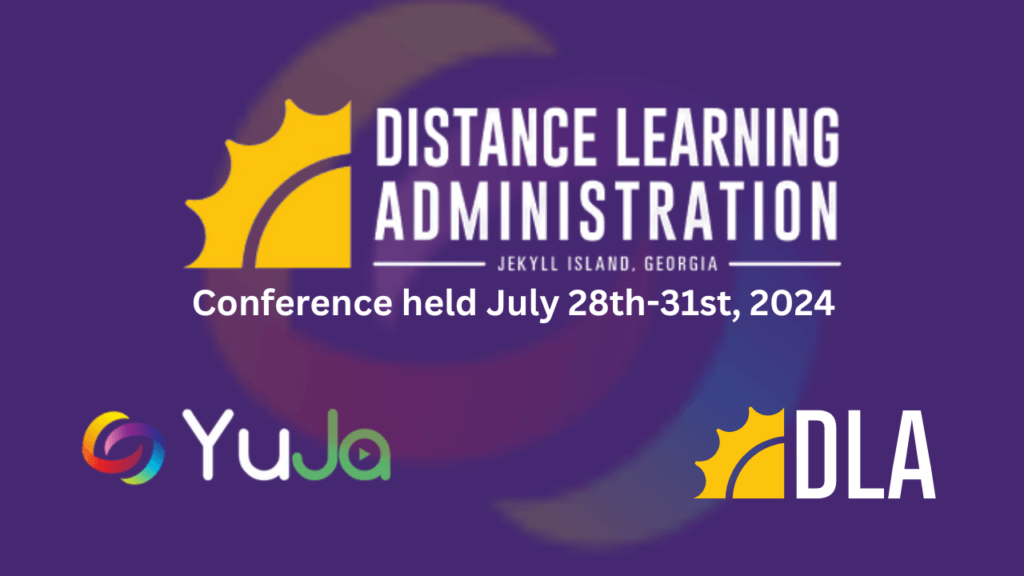While these systems are commonly used for quizzes and polls, there are many creative ways to leverage an SRS to enhance the learning experience. The key to successful implementation lies in thoughtful question design, clear instructions, and a well-planned integration of the student response system into the course structure.
Here are eight ways instructors can use a student response system in their classroom:
1. Gamification: Turning lectures into interactive games can be a powerful way to engage students. Instructors can create quiz competitions, where students form teams and compete against each other using the response system. This approach reinforces concepts and promotes collaboration and healthy competition among students.
“Some students may hesitate to ask questions in front of their peers. The response system can provide an anonymous platform for students to submit questions or concerns, which the instructor can address in real time or during dedicated Q&A sessions.”
2. Attendance and Participation Tracking: Instructors can automate attendance, assign attendance points, and have results sent directly to their learning management system (LMS) gradebook to remove the manual aspect of this potentially time-consuming task. They can also see which students are actively engaging with materials and who may need extra help.
3. Concept Mapping: Instead of using the response system for traditional quizzing questions, instructors can use it for concept mapping exercises to show the relationship between concepts. This helps instructors assess understanding and organization, promotes active learning, and can help identify misconceptions and develop critical thinking skills.
4. Real-Time Quizzes and Polls: Instructors can add interactive quizzes during lectures and ask multiple-choice, true/false, or short-answer questions related to the course material. Live polls can provide instant feedback on teaching methods, content, or class dynamics.
5. Peer Instruction: A student response system can facilitate peer instruction, where students answer a conceptual question individually, discuss their responses with peers, and then answer the question again. This approach encourages active learning and collaboration and helps identify and address any learning gaps.
6. Flipped Classroom Activities: In a flipped classroom structure, instructors assign videos or readings to review before class. During class, instructors can use an SRS to assess students’ understanding of the material. This allows you to focus on deeper discussions and applications during designated class time.
7. Anonymous Questioning: Some students may hesitate to ask questions in front of their peers. The response system can provide an anonymous platform for students to submit questions or concerns, which the instructor can address in real time or during dedicated Q&A sessions.
8. Multimedia Integration: Response systems can be integrated with multimedia presentations, allowing instructors to embed questions or polls within their slides or videos. This approach keeps students engaged and reinforces critical points throughout the multimedia content.









